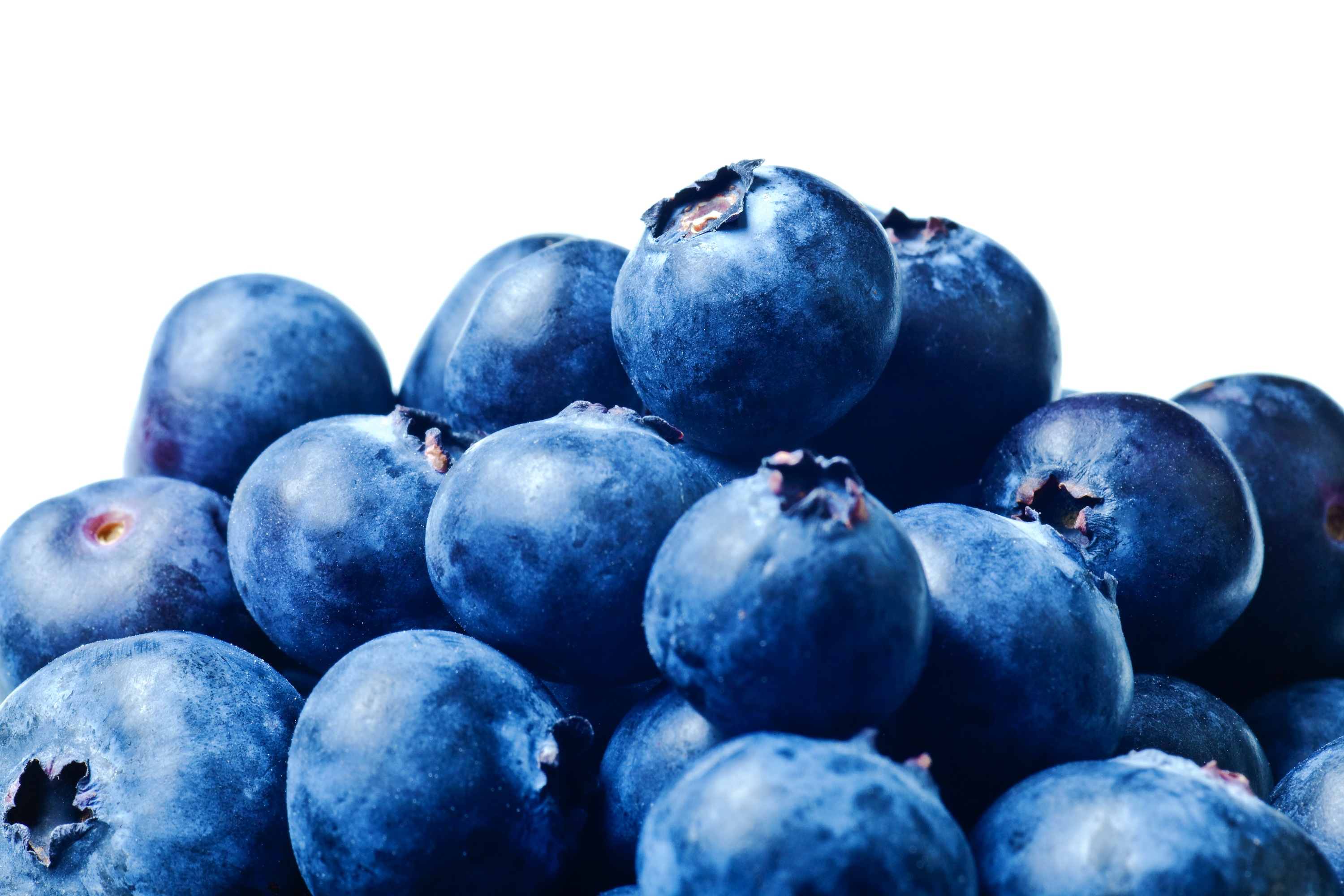Huelva’s blueberry acreage climbs
Speaking at a technical event organised for producers in Almonte, Alfonso Labajos, director of operations at Fall Creek Farm & Nursery said global blueberry consumption had grown from 23,000 tonnes in 1995 to 563,000 tonnes in 2014 and is projected to reach 1.4m tonnes by 2024.
Labajos noted that while per capita consumption in the US – the world’s biggest blueberry consumer – was 1kg, in Spain the figure was just 1g, reflecting the market’s huge growth potential.
“In terms of development this crop is in its infancy in Spain and we have a long way to go,” he said. “From now on, consumption is only going to increase.”
Speaking later to agrodiariohuelva.es, Labajos said blueberries were a commercially viable alternative to Huelva’s main soft fruit, the strawberry. “Although blueberries are part of the berry family they are quite different to strawberries, raspberries and blackberries – not least because they are a bush and cannot be uprooted every year depending on the results of the previous year,” he said.
He added that when it comes to varietal selection it was important for producers to make the right choice, as the initial investment required was between €50,000 and €60,000 per hectare and bushes normally had a life cycle of 10-15 years. “The wrong decision can be a disaster,” he said.
Labajos said there are around half a dozen Fall Creek varieties that had adapted well to growing and climate conditions in Huelva and singled out Ventura and Camelia as being particularly popular among producers.
“In any event, the varietal portfolio will go on expanding in the coming years and adapting to the requirements of each production zone and grower,” he added.





